
|
|
|
|
|
During the Human History animals have always inspired human imagination. Here are some artifacts to show you that evidence from all over the world. |
Lion Head
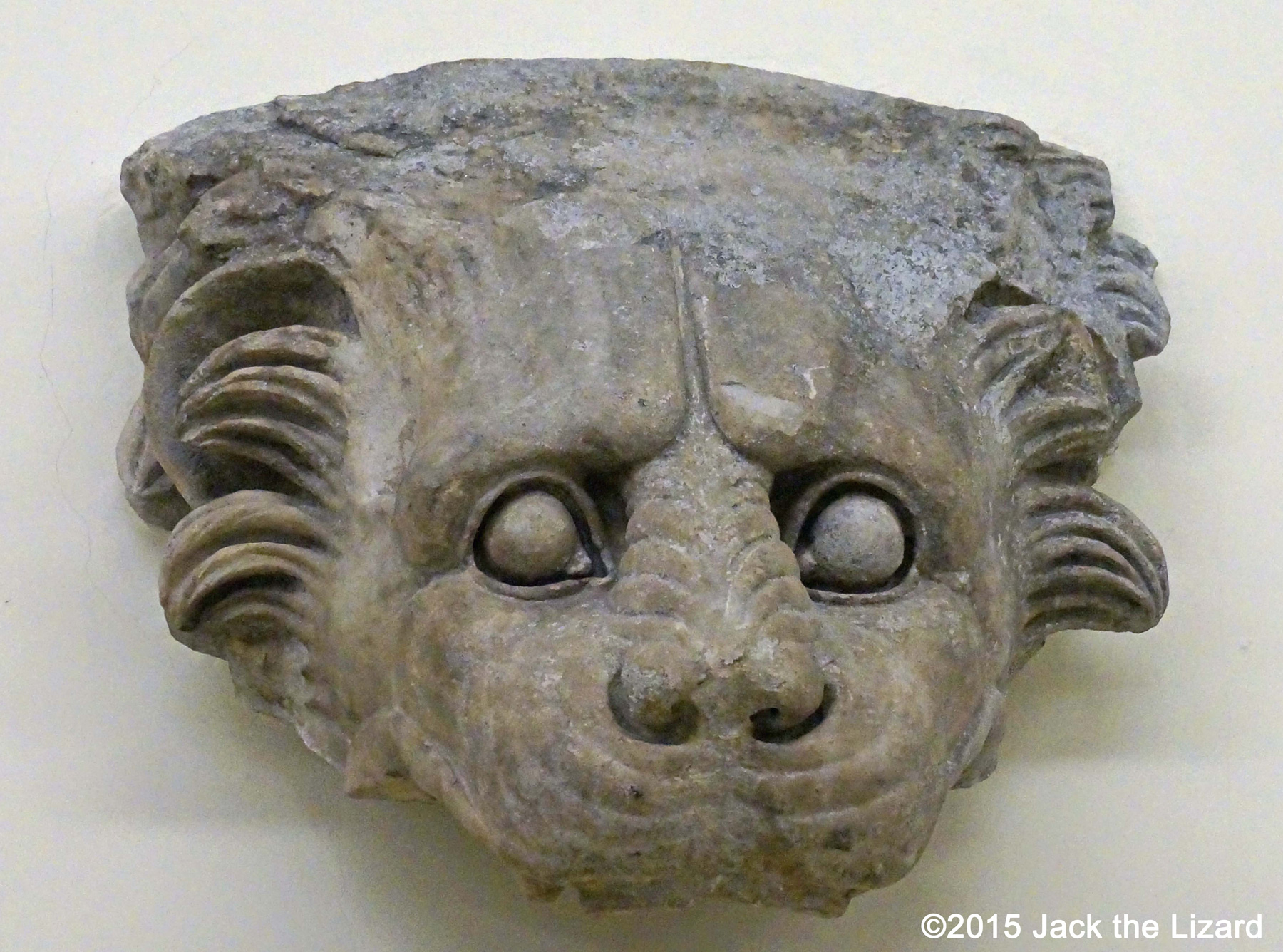
This is called “sima”. In classical Architecture sima worked as a gutter. (British Museum)
|

This marble lion was made in the fourth century AD, found at Ephesus in Turkey now. At that time the Roman Empire had ruled this region. |
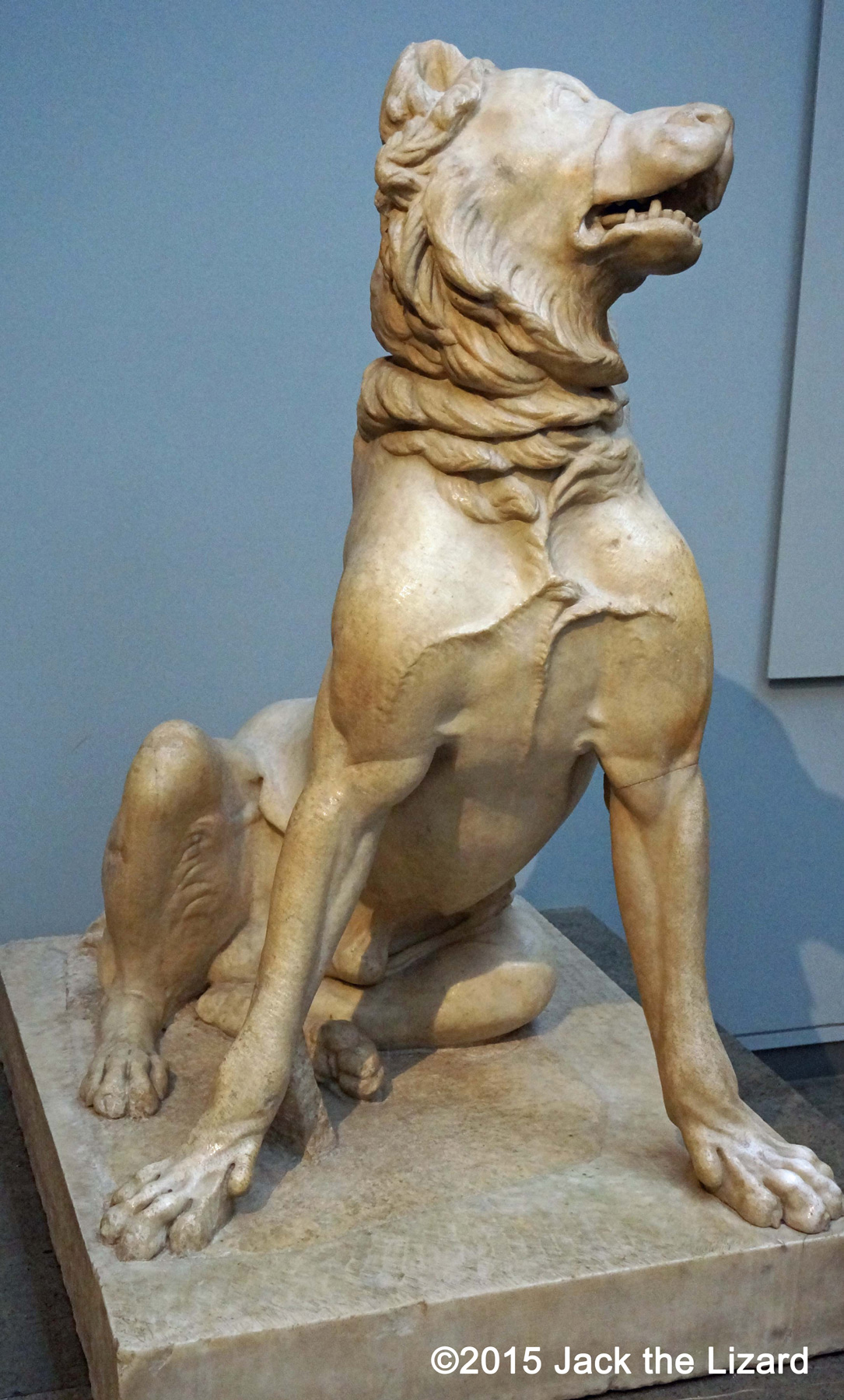
|
Molossian HoundThe Molossian Hound was a relative of the modern mastiff. Unfortunately the breed was extinct. Probably the dog worked as a guard. This marble dog is a roman copy of a lost Greek bronze original which was made around the 2nd century B.C. Roman had made many copies of Hellenistic Greek Art which is very realistic style. This copy was made in 2nd century AD. (British Museum)
|
Ram’s Heads (marble)
These two ornamental heads are the part of the volute. Roman made this marble volute between 1st and 2nd century AD. The volute is the head of the column. (British Museum)
|
Lion and deer
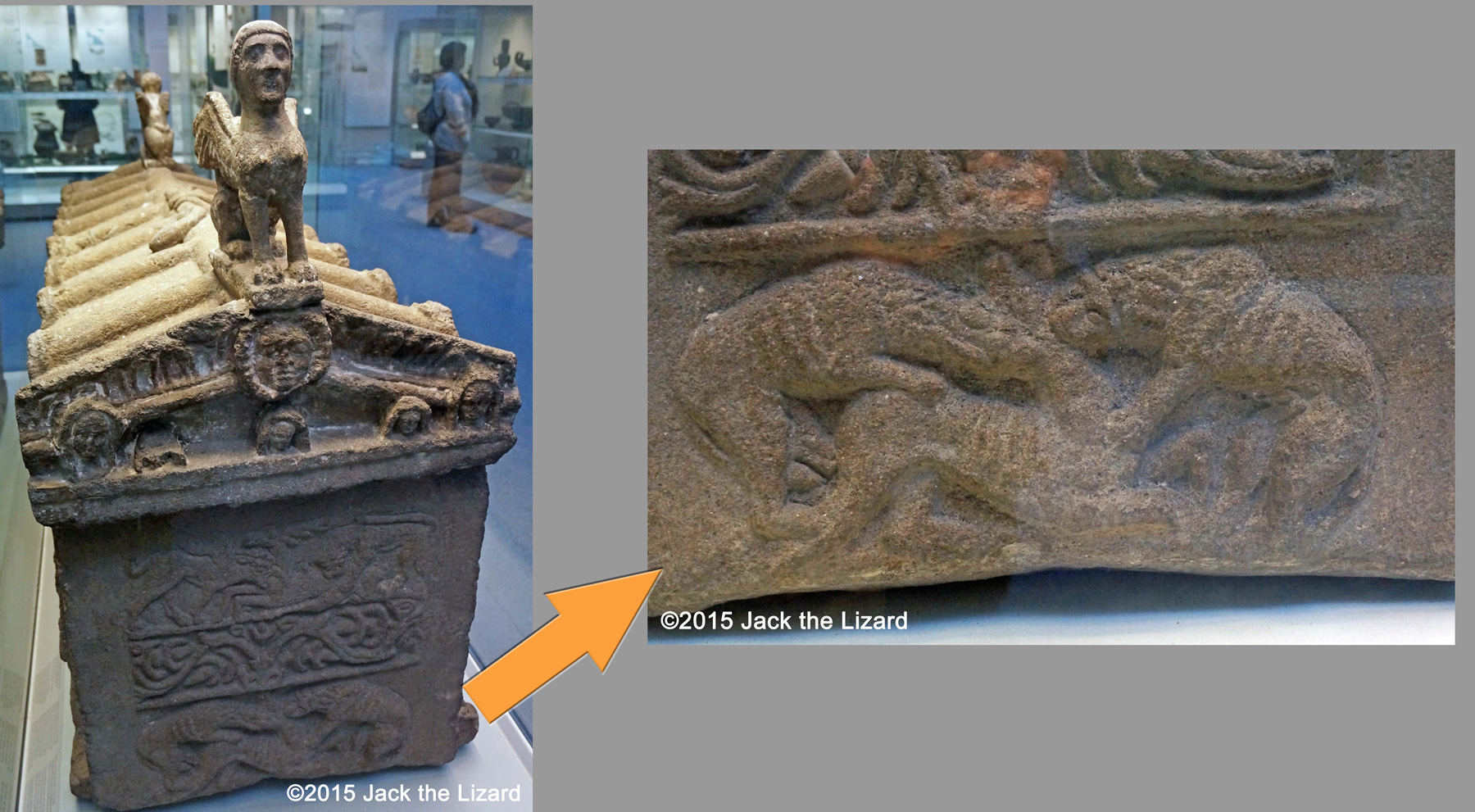
|
Etruscan stone sarcophagus, about 325 B.C. - 250 B.C., has the goddess called Lasas on the top of the roof. The side is decorated with lions and a deer. Etruscan civilization were formed around 9th century B.C. in the central Italy. It was last about 1st century B.C. (British Museum)
|
Stag
This bronze figure was made between 5th to 3th century B.C. in Mongolia. The Xiongnu who was one of the nomadic people formed a state in 209 B.C. This is the proof that numerous bronze figures were made before the Xiongnu state. (Royal Ontario Museum)
|
Elephant and other animals |
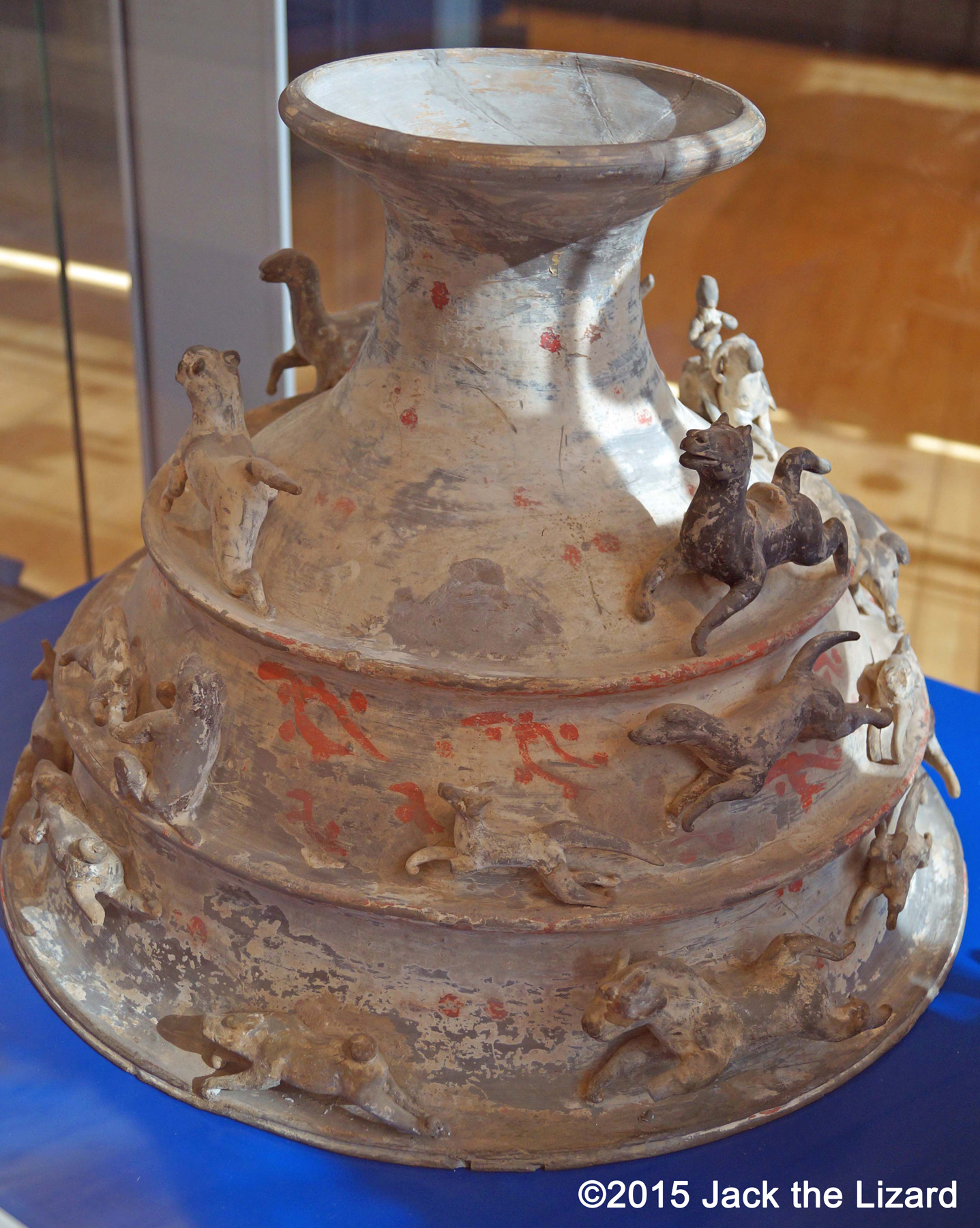
|

This is the base of lamp called “paradise”. All animal figures are hand-made earthen ware. This lump was made in China during the Han dynasty period between 3rd B.C. and 3rd AD (Royal Ontario Museum)
|
Ox, pig, dog, and sheep fold

|
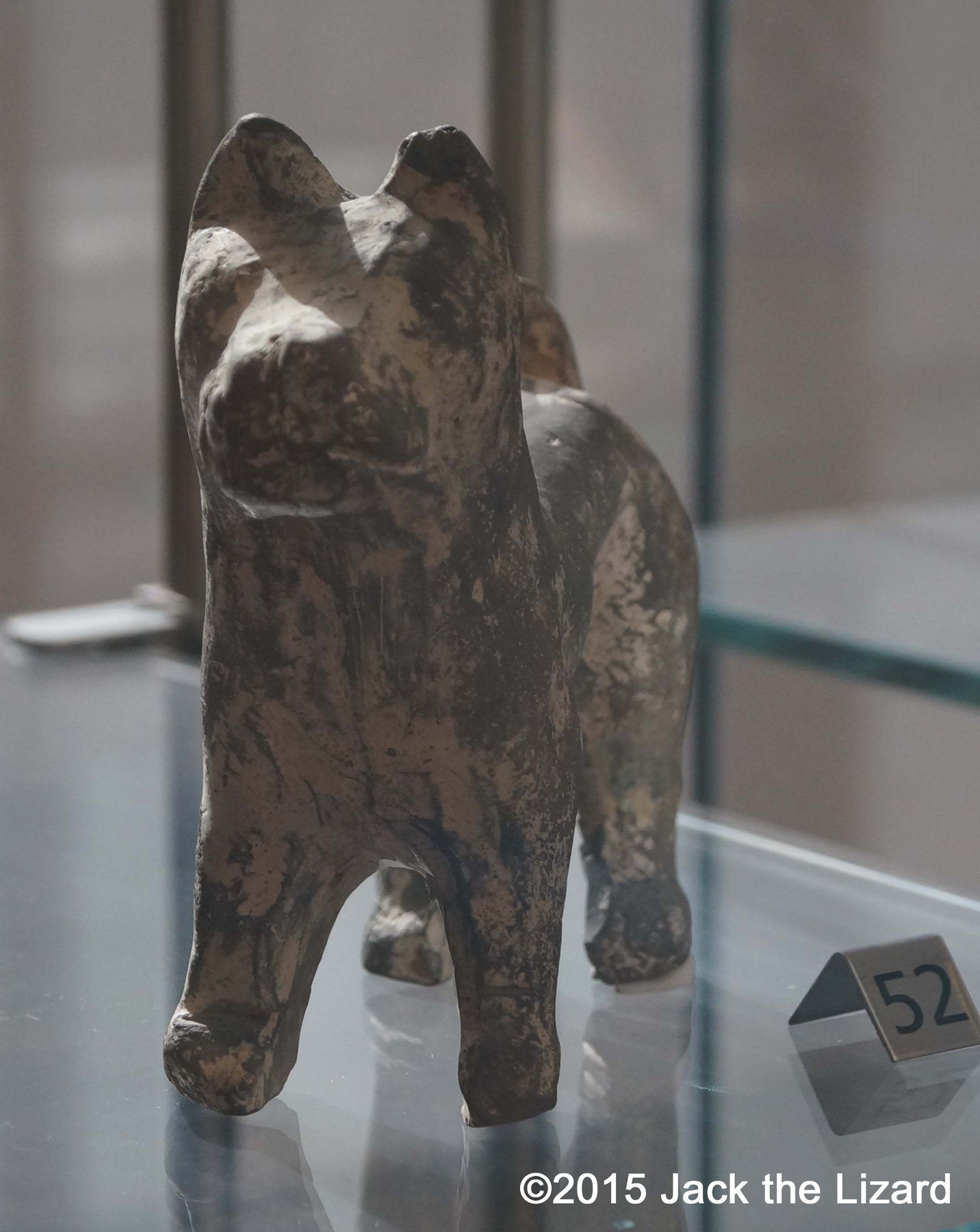
|

|

|
|
All animal figures were made of earthenware and intended for burying in the tomb of land owner during the Han Dynasty period. The Han farmers had increased crop production with new technology such as irrigation wheels and mechanical seeders. Land owners had accumulated their wealth by this agricultural innovation and made their tombs. (Royal Ontario Museum)
|
|||
Tiger
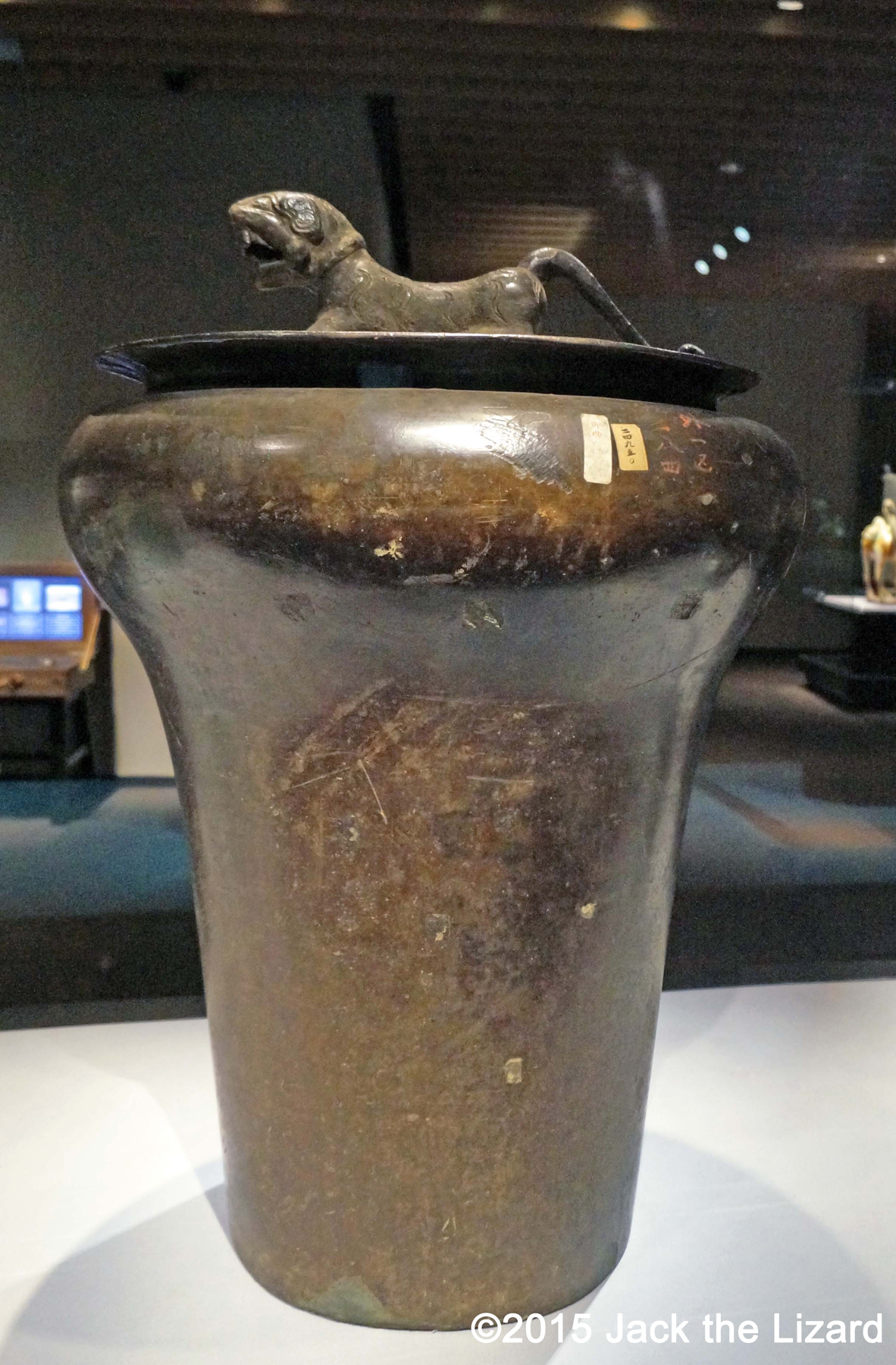
|

This bronze tiger is the part of ancient Chinese instrument. This instrument was made during the War Era between 5th B.C. and 3rd B.C. (Tokyo National Museum)
|
Phoenix and ram

|

|
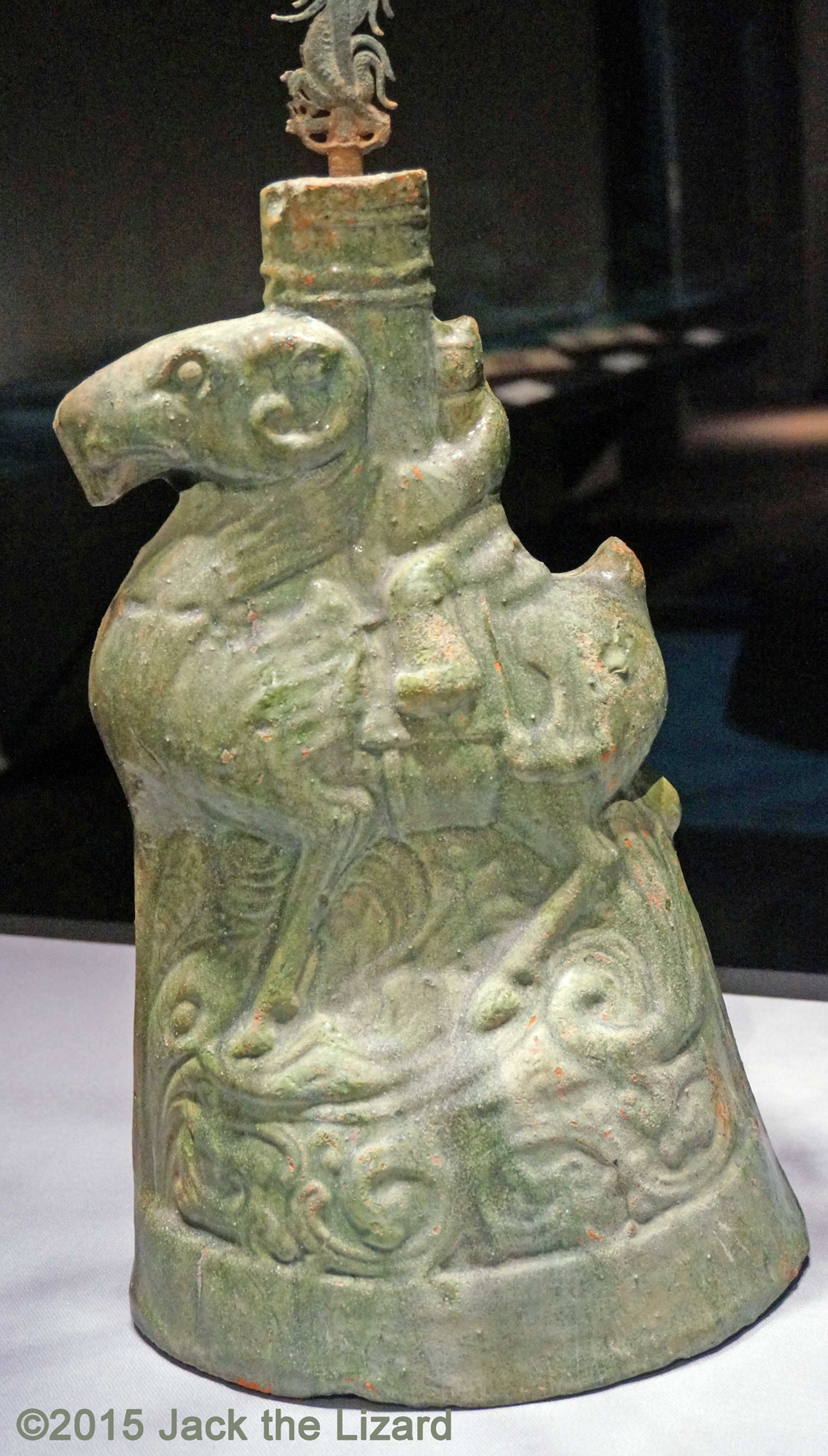
|
|
This is one of the money tree which is the holly tree brings money and fortune. There are also dragons and mountain hermits in this bronze tree made between 1st AD and 2nd AD. The worship of money tree was spread during the Han Dynasty period. (Tokyo National Museum)
|
||
Horse
This horse was made during the Han Dynasty Period between 2nd B.C. and 1st B.C. This earthenware figure must have had a cavalier but it was lost. In the Han Dynasty the kings had buried these earthenware cavaliers in their tombs. (Tokyo National Museum)
|
Head of Ram
This is called ryhton which was container of alcohols used in Achaemenid Empire around 6th B.C. to 7th B.C. From nose drink was poured into a glass. (Tokyo National Museum)
|

|
Horse drawingMichelangelo had studied human anatomy to understand the structure of human body such as bones, muscle, and nerves. To achieve as accurate as possible he had actually dissected corpses. Not only human he had also studied many animals especially horse. (Casa Buonarroti)
|